When iOS 6 was released in September, there was an unexpected yet all-too-familiar impact on those of us who rely on search data for a living: iPad and iPhone search traffic was suddenly obscured. Google was caught off-guard by this change, which specifically impacts searches done within the Safari search box. They told Search Engine Land that they were looking into ways around this issue:
The web browser on iOS 6 switched to use SSL by default and our web servers don’t yet take that fact into account. Searching still works fine, but in some situations the HTTP referer header isn’t passed on to the destination page. We’re investigating different options to address this issue.
 Google’s not provided issue has been well documented, but that only concealed specific keywords and not attribution of traffic from search. This iOS 6 issue, though smaller in scale, is more insidious, because a substantial amount of search traffic from iOS is now being reported as direct traffic (86% according to this article). If you are an SEO whose performance is directly correlated with search traffic performance (and frankly, who isn’t?), then you need to understand and account for this issue. The true and full measure of the value you bring to those who pay you for your search expertise depends on it.
Google’s not provided issue has been well documented, but that only concealed specific keywords and not attribution of traffic from search. This iOS 6 issue, though smaller in scale, is more insidious, because a substantial amount of search traffic from iOS is now being reported as direct traffic (86% according to this article). If you are an SEO whose performance is directly correlated with search traffic performance (and frankly, who isn’t?), then you need to understand and account for this issue. The true and full measure of the value you bring to those who pay you for your search expertise depends on it.
UPDATE: See our follow-up post that describes how your Android 4 search traffic is also being lost – and what to do about it.
Google released the statement above to Search Engine Land on September 27. 13 weeks later, no solution for the search referrer issue has been published, and iOS 6 usage continues to grow, both with the sales of new iPads and iPhones, and with users upgrading their older mobile devices with the new OS. Unless and until Google develops a solution for this, workarounds to re-bucket search from direct traffic need to be put in place.
In the rest of this post, we’re going to quantify the impact on search traffic referrals to provide a sense of its scale (spoiler alert: it’s 9%), and then suggest a workaround to account for the attribution problem.
Quantifying the iOS 6 Search Traffic Problem
To understand the scale of this problem, we looked at the iOS, search traffic, direct traffic and total visits data for a cross section of our clients across many verticals, including video, health, entertainment, lifestyle, fashion, ecommerce and news. In aggregate, the sites we looked at receive 83MM visits per week and include some of the most recognizable brands on the web.
On average, the sites we analyzed received 16.9% of their traffic from iOS visits. We pulled weekly data pre- and post-iOS 6 launch, and it’s clear that even in this short period total iOS traffic has grown substantially:
iOS 6 was released on September 19, and this chart provides a stark visualization of the corresponding search and direct traffic decline post-launch:
In aggregate (and prior to adjustments), weekly search referrals for these sites are 27MM/week, or 32.7% of all visits. For the latest week in which we pulled data, reported search traffic via iOS was 2.8MM, vs. 7.6MM visits from direct. For the week ending December 9, the search and direct traffic referral numbers debited 2.4MM from the iOS search referral ledger, while incorrectly crediting iOS direct with 2.3MM referrers. Here’s how we arrived at that calculation.
In the weeks prior to the iOS 6 release, direct and search traffic averaged 34% and 33% respectively:
but as of our latest pull, that’s been skewed to 48% direct vs. 18% search:
Adjusting for the iOS 6 Search Traffic Loss
Assuming that iOS 6 usage behavior for search hasn’t changed pre- v post-launch, we applied the 34% direct traffic/33% search traffic baseline to iOS 6 data for each week post-launch, to normalize the data:
For the latest week in which we pulled data, this exercise led to the recovery to 8.9% of search referrals, up from 3.3% from the first week of iOS 6’s launch:
At 9% this iOS 6 obfuscation is materially impacting our clients’ search referrals – and likely yours too. And with no solution on the immediate horizon, this percentage is only going to grow. So get ahead of this issue now. Make it known to your clients and employers. Apply a calculation to get back the credit for the search traffic you’ve worked so hard to earn, using the methodology outlined above, another one published by the Rimm Kauffman Group or one you develop on your own. And do so before this issue balloons to a point where your client or key executives start to notice, leaving you to scramble and defend against a search loss that isn’t your fault.
Tags:
Related Posts
- MozCon Presentation – Dark Search, Mobile and Social – Run Rabbit Run! ( September 29, 2017 )
- MozCon Presentation – Keep the Focus on the Doughnuts ( September 29, 2017 )
- Download Search Console URL Parameters Painlessly with This Handy Bookmarklet ( January 5, 2016 )
- Mobilegeddon or: How I Learned to Stop Worrying and Love Our New Mobile World ( July 27, 2015 )
- Adam Sherk Speaks on Bloomberg TV: “Why Google News Is Shutting Its Doors in Spain” ( April 14, 2015 )
- The Facebook and Google Duopoly ( April 14, 2015 )
- The 2014 Mid-Year Digital Traffic Report ( July 15, 2014 )
- “No, SEO is Never Dead…It’s Just Trying to Be” – SMX Advanced Presentation ( June 25, 2014 )
- Hey BuzzFeed, Search Traffic is Doing Just Fine ( February 6, 2014 )
- Three Really Big Traffic Problems You May Not Know You Have – Video Presentation ( December 17, 2013 )
About the Author
This site uses Akismet to reduce spam. Learn how your comment data is processed.
Recent posts
-

MozCon Presentation – Dark Search, Mobile and Social – Run Rabbit Run!
September 29, 2017 at 1:33 PM
-

MozCon Presentation – Keep the Focus on the Doughnuts
September 29, 2017 at 11:54 AM
-

Download Search Console URL Parameters Painlessly with This Handy Bookmarklet
January 5, 2016 at 6:41 AM
-

Mobilegeddon or: How I Learned to Stop Worrying and Love Our New Mobile World
July 27, 2015 at 5:53 AM

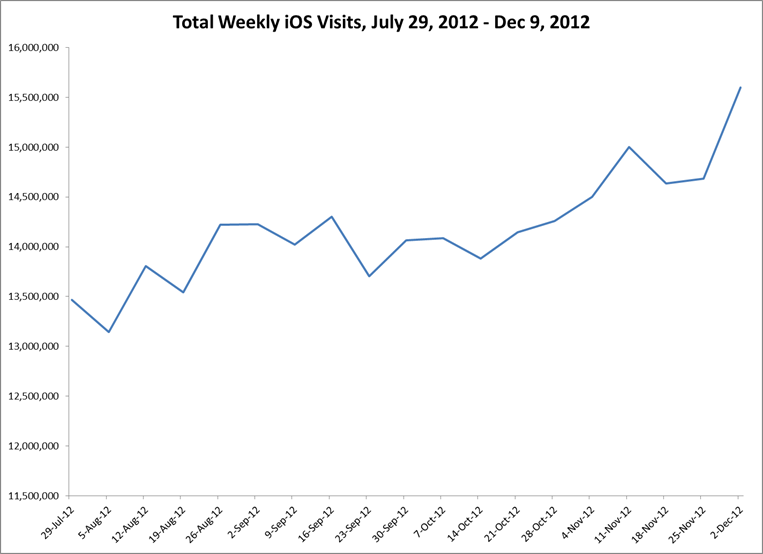
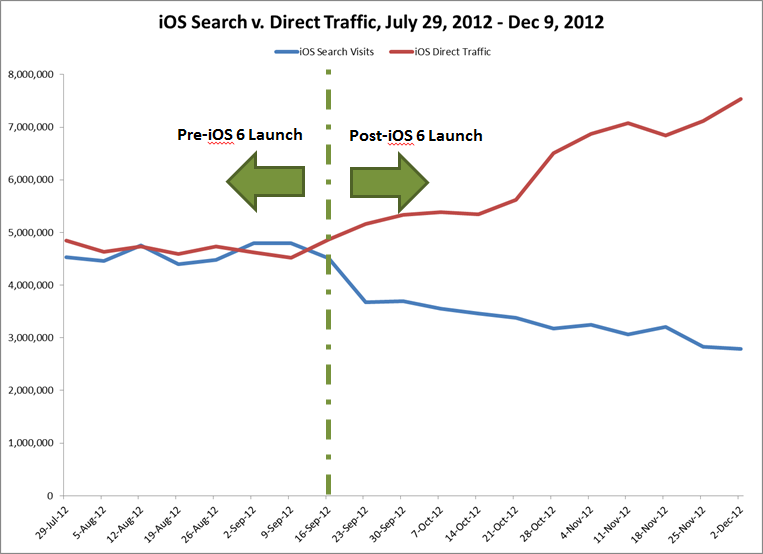
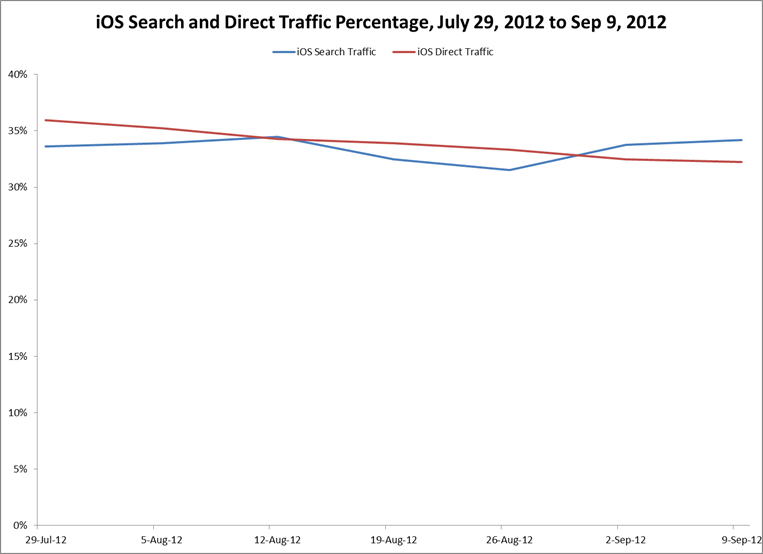
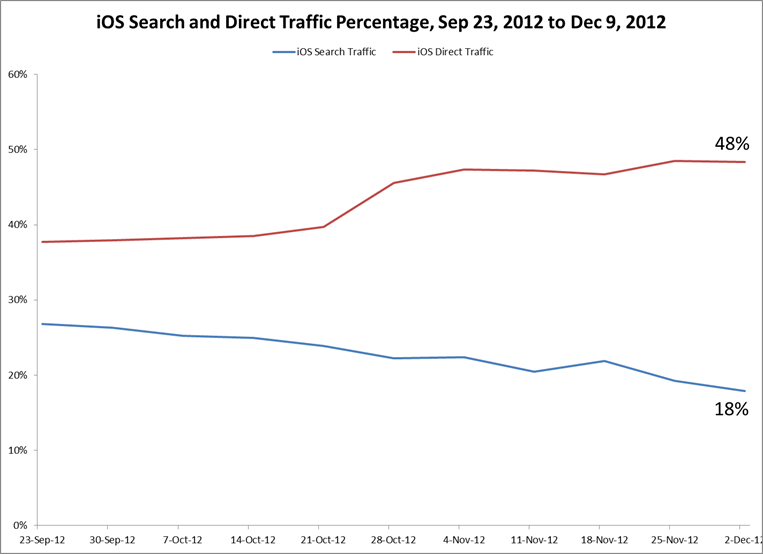
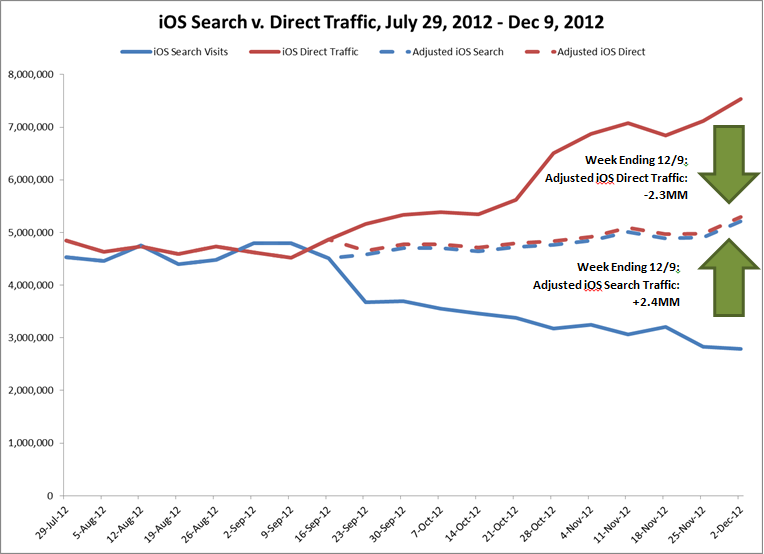
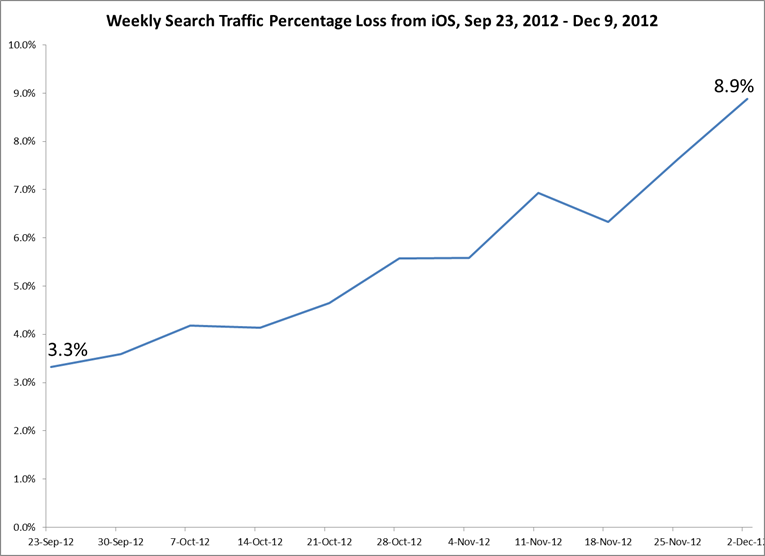
Leave a reply